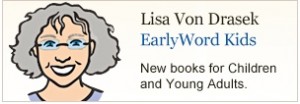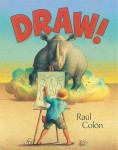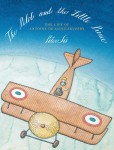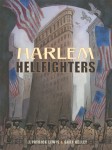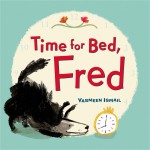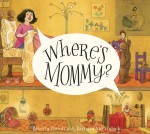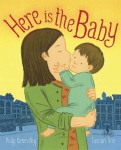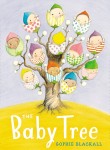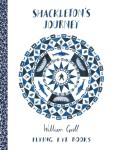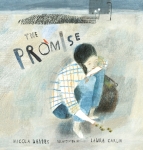The NYT BEST ILLUSTRATED:
Lisa’s Takes
The NYT Book Review‘s selection of the ten best illustrated books of the year is offered as simple list, with no annotations. Librarians may want a bit more background on the titles. Below are my takes.
Draw!, written and illustrated by Raul Colon (S&S/Paula Wiseman)
A word-less masterpiece, a sweeping tribute to the power of imagination, this is a technical tour-de-force.
The Pilot and the Little Prince: The Life of Antione de Saint-Exupery, written and illustrated by Peter Sis (Macmillan/FSG/Frances Foster)
Anyone who has had an eye on this year’s output recognizes that The Pilot and The Little Prince is another Peter Sis classic. The exquisitely detailed illustrations beg readers to pore over them again and again, revealing new insights with each reading.
Harlem Hellfighters, written by J. Patrick Lewis, illustrated by Gary Kelley (Chronicle/Creative Editions)
Pairs J. Patrick Lewis’s fact based poems and Gary Kelly’s dark, haunting illustrations combine in a very personal profile of this World War I brigade that fought in France.
Time for Bed, Fred, written and illustrated by Yasmeen Ismail (Walker Books/Bloomsbury)
With spirited watercolor, Ismail coveys emotion and motion with a loose line, indicating the form of the resting or restless or bouncy body of the shaggy dog. A winner for bedtime, story time, or any time.
Where’s Mommy?, written by Beverly Donofrio, illustrated by Barbara McClintock (RH/Schwartz & Wade)
This sweet but not saccharine story of a girl and a mouse parallel lives above the stairs and below is depicted with skill as readers enjoy all the tiny details of a “day in the life” The quiet humor of the text is matched in form and color. The very example of a child-centered picture book.
Here Is the Baby, written by Polly Kanevsky, illustrated by Taeeyun Yoo (RH/Schwartz & Wade)
It is easy to overlook the obvious and familiar. I am grateful that the Judges brought attention to Here is The Baby, a quiet perfect book reflecting day in the life of a toddler. Kanevsky’s rhythmic, repetitive text makes it good to read aloud. Taeeun Yoo, winner of the Ezra Jack Keats Award for new illustrator, skillfully expresses emotion and light, climate and comfort with specificity of line and color. This is a sleeper that shouldn’t be missed.
The Baby Tree, written and illustrated by Sophie Blackall (Penguin/Nancy Paulsen)
I was delighted. Simply delighted to see this on the list. Anytime I had been in a judging situation, humor was the toughest to sell to my colleagues. Blackall has nailed the subject (misunderstanding grown-up explanations of “where babies come from”) with empathy, kindness AND fun.
Shackleton’s Journey, written and illustrated by William Grill (Flying Eye Books)
Published by a small press in the U.K., this was not reviewed by the professional journals and therefore is not owned by many libraries. Shackleton’s various arduous expeditions into the Antarctic have been covered in many books and a TV series starring Kenneth Branagh. An example of the arty but accessible (click on the title link to see some of the interior pages), the sketches evoke the feeling of a naturalist’s diary with an almost documentary feeling as we peek into the mundane (six months provisions) isolating hardship (crossing the ice fields) and relief (rescue and survival). Supplies at wholesalers are limited, but this award is sure to result in a reprint.
Haiti my country, written by Haitian schoolchildren, illustrated by Roge (Fifth House Publishers)
As we enter the culture and the land of Haiti through portraits of teenagers, we find ourselves entering their lives and struggles. This picture book can pair well with Youme’s award-winning Selavi: That IS Life, A Haitian Story of Hope, (Cinco Puntos Press, 2004), a book that is essential to all well-rounded collections. (Good news — the publisher tells me that a reprint of this one is coming and it should be at wholesalers in December).
The Promise, written by Nicola Davies, illustrated by Laura Carlin (Candlewick Press)
An urban “Johnny Appleseed” about a young girl whose life as a thief is transformed when she is tricked into planting acorns and witnesses how the resulting trees improve people’s lives. I have to admit that this one did not work for me. As Kirkus puts it, this is “yet another heavily earnest parable,” adding dryly that the idea is “Valid as metaphor though much less so as a feasible plan of action.” Booklist, however, gave it a star.

